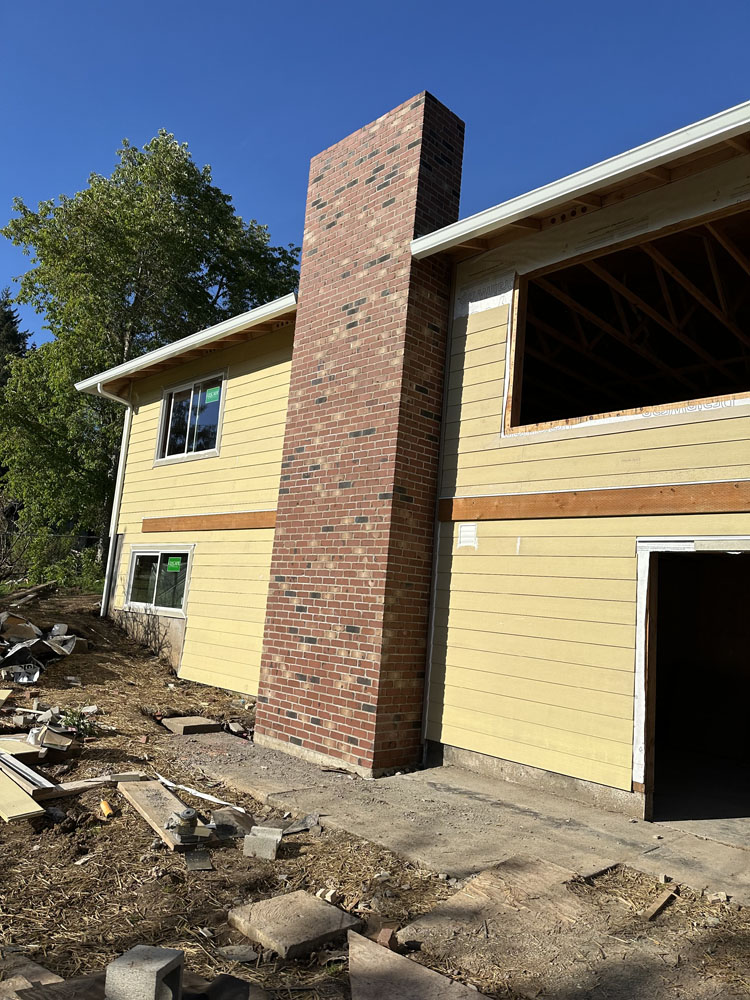Introduction
When it comes to designing outdoor spaces, one of the most crucial elements to consider is the walkway. A well-designed masonry walkway not only enhances the aesthetic appeal of your landscape but also serves a functional purpose, guiding visitors safely through your garden or yard. However, the age-old debate between aesthetics and functionality raises a pivotal question: How do we balance design in masonry walkways? In this comprehensive article, we'll delve deep into this Masonry Contractor topic, analyzing the nuances of both aesthetic beauty and practical functionality in the context of masonry walkways.
Masonry Walkway: An Overview
What Is a Masonry Walkway?
A masonry walkway is typically constructed using natural or manufactured stone materials, such as bricks, concrete pavers, flagstone, or slate. These materials provide durability and versatility, making them ideal for various landscape styles.
Types of Masonry Walkways
Brick Walkways- Timeless and classic Available in various colors Durable with proper maintenance
- Offers numerous design possibilities Easy to replace individual stones Resistant to weathering
- Natural appearance Unique shapes and colors Ideal for informal settings
- Highly customizable Cost-effective option Can mimic other materials
Why Choose Masonry for Your Walkway?
Choosing masonry materials for your walkway brings several benefits:
- Durability: Masonry is known for its longevity. Aesthetic Appeal: Offers a timeless look that enhances any landscape. Low Maintenance: Compared to other materials such as wood, masonry requires minimal upkeep. Versatility: Can be tailored to fit any design style—from rustic to modern.
Aesthetic vs. Functional: Balancing Design in Masonry Walkways
The Importance of Aesthetic Appeal
The visual aspect of a walkway can significantly impact your property's overall charm and character. A well-designed masonry walkway can serve as an inviting entrance to your home or garden.
Factors Influencing Aesthetics
- Material Choice: The type of stone or brick you choose will affect the color palette and texture. Patterning: Different laying patterns (herringbone, basketweave) can enhance visual interest. Surrounding Landscape: The integration with plants and trees adds depth to the design.
Functional Considerations
While aesthetics are important, functionality remains paramount when designing masonry walkways. After all, walkways must support foot traffic safely and efficiently.
Key Functional Aspects
- Width & Accessibility: Ensure sufficient width for ease of use; consider accessibility needs. Drainage Solutions: Proper grading prevents water accumulation on pathways. Slip Resistance: Choose materials that provide grip during wet conditions.
Designing Your Perfect Masonry Walkway
Assessing Your Space
Before embarking on your walkway project, consider these essential steps:
Evaluate the area’s topography. Identify existing features like trees or flower beds that may influence layout. Determine how much foot traffic you expect.Choosing Materials Wisely
Selecting the right material is crucial for achieving your desired balance between aesthetics and functionality:
| Material Type | Aesthetic Appeal | Functionality | Durability | |---------------|------------------|---------------|------------| | Brick | High | Moderate | High | | Paver Stone | Very High | High | High | | Flagstone | Extremely High | Moderate | Moderate | | Concrete | Moderate | High | Very High |
Incorporating Design Elements
To create a harmonious blend between aesthetic appeal and functionality:
Use contrasting colors for visual interest while ensuring they don’t detract from safety. Incorporate curves instead of straight lines for a softer look that directs flow organically.Maintenance Tips for Long-lasting Masonry Walkways
Regular Cleaning Techniques
Keeping your masonry walkway clean not only enhances its visual appeal but also extends its lifespan:
- Sweep away debris regularly. Use a pressure washer occasionally to remove tough stains.
Repairing Damages Promptly
Cracks or loose stones should be addressed immediately to prevent further deterioration:
Refill any cracks with appropriate fillers. Replace damaged stones carefully without disturbing surrounding areas.FAQs About Masonry Walkways
Q1: What are the best materials for a masonry walkway?
A1: The best materials include bricks, paver stones, flagstone, and concrete—each offering unique benefits and aesthetics.

Q2: How do I maintain my masonry walkway?
A2: Regular sweeping and occasional pressure washing can help maintain cleanliness; prompt repairs are essential for longevity.
Q3: Are there eco-friendly options available for masonry walkways?
A3: Yes! Recycled bricks or permeable pavers allow water absorption which minimizes runoff while providing an attractive option.
Q4: Can I install a masonry walkway myself?
A4: While DIY installation is possible, it requires careful planning and execution; hiring professionals ensures quality work.
Q5: How long does a masonry walkway last?
A5: With proper care and maintenance, many masonry walkways can last up to 50 years or more!
Q6: What designs can I use for my mason pathway?
A6: You can explore various laying patterns like herringbone or circular designs—consider integrating borders with contrasting colors too!
Conclusion
The interplay between aesthetic appeal and functional utility in designing masonry walkways is indeed delicate yet rewarding when achieved correctly. By understanding both sides of this equation—how beauty influences perception versus how practicality dictates usability—you’ll be better equipped to create stunning pathways that serve their intended purpose effectively.
Whether you’re opting for vibrant bricks or rustic flagstones, remember that every choice contributes not just to aesthetics but also enhances user experience—making each step taken down your pathway memorable! So go ahead—embrace both beauty and function as you set out on creating your dream masonry walkway!